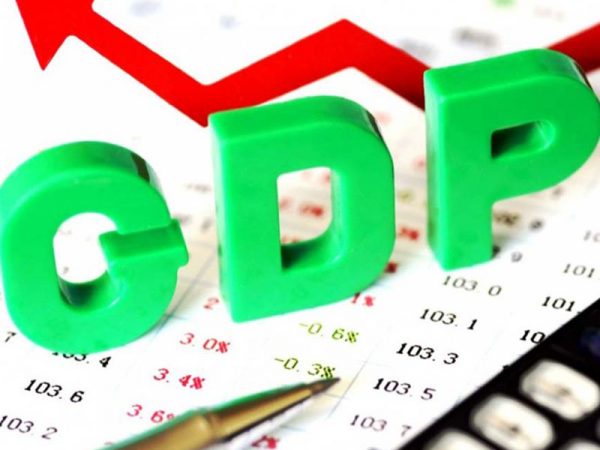By 2029, Nigeria’s Gross Domestic Product per person should have increased to $1,120.67, according to the International Monetary Fund.
Nigeria’s GDP per capita has been trending downward since 2014, with a low of $1,087.89 in 2024 and a peak of $3,222.69 in 2014, according to IMF data examined by The PUNCH.
A common measure of a nation’s economic health and standard of living is GDP per capita.
The nation’s GDP per capita has varied over time, showing both its growth potential and its economic difficulties.
From 2014 to 2017, the figure fell significantly before making a little comeback in 2018 and 2019. However, in 2020 and 2021, there was a notable fall as a result of the COVID-19 epidemic and other economic difficulties.
Notwithstanding the difficulties, the IMF projected that Nigeria’s GDP per capita would rise steadily between 2022 and 2029, with a growth rate of 3.5% anticipated in that year.
The nation’s efforts to diversify its economy, infrastructure spending, and the recovery of the oil industry are all credited with the increase.
A financial expert, Mary Ogundokun noted, “The predicted growth in GDP per capita is a welcome development for Nigeria, which has been working to recover from economic instability and reduce poverty.
“The government’s efforts to promote economic growth and development are expected to continue, with a focus on sustainable and inclusive growth.”
Ogundokun believes that the IMF’s forecast of a continuous growth in GDP per capita from 2022 to 2029 bodes well for the economic future of the entire country.
The biggest economy in Africa, Nigeria, has seen severe economic difficulties recently, such as a drop in oil prices, volatile currency markets, and a recession in 2020.











